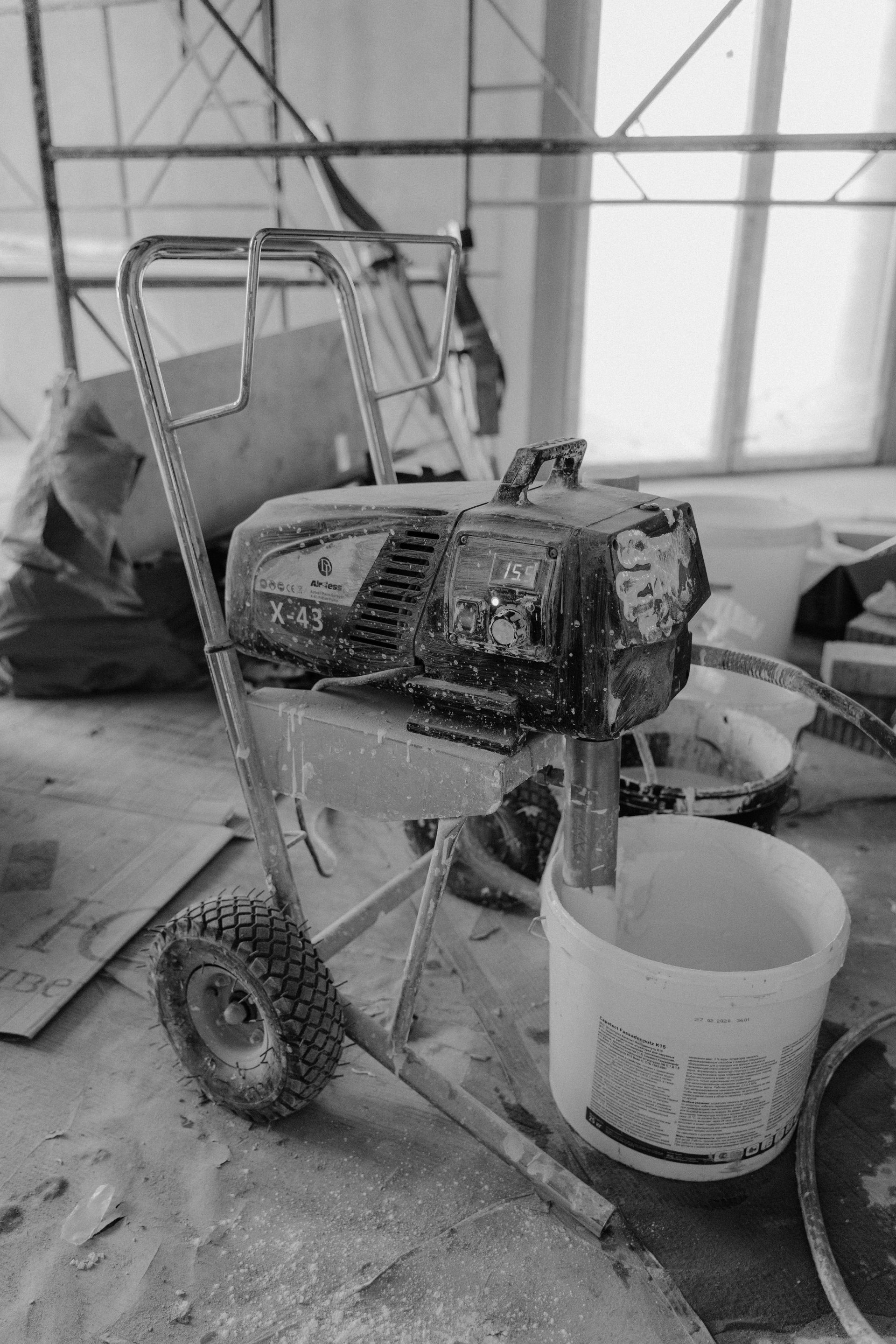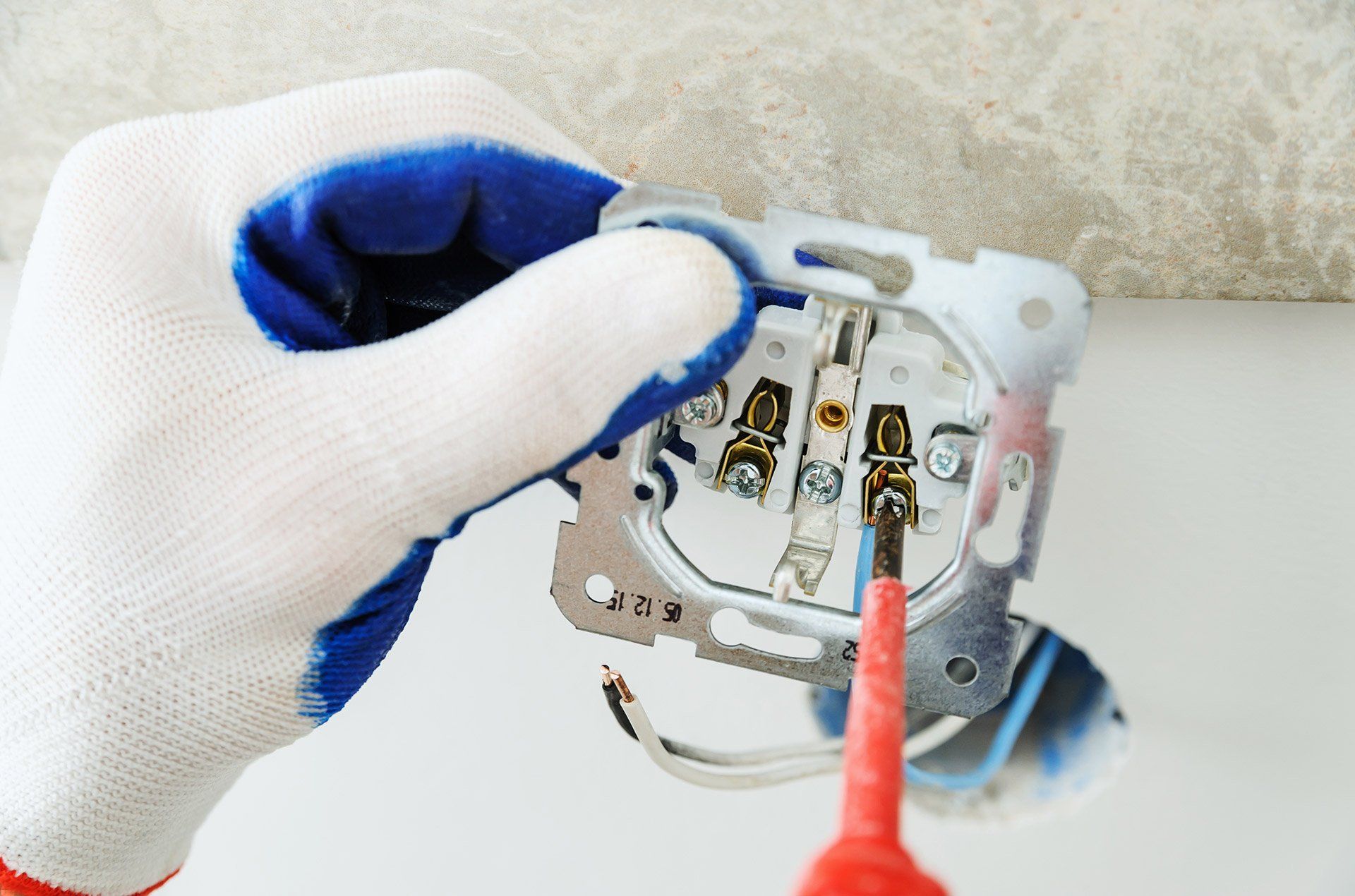Can You Move Your Electricity or Gas Supply?
When planning a home extension or some building work, one of the early challenges can be realising that your gas or electricity meter is right where your kitchen or living space is supposed to go. It’s a more common issue than many people expect, especially in older homes where utilities were installed with no thought to future layouts. But the good news is - Yes, you can move your electricity or gas supply – but there are a few things you need to know before diving in.
Why Would You Need to Move It?
The most obvious reason is layout. If your gas meter is in a spot where you want to knock through a wall or install French doors, it’s got to go. Similarly, your electricity supply – which includes the meter and fuse board – might be in a hallway you’re planning to turn into part of a larger open-plan space. In some cases, people also move meters and supplies outdoors to free up indoor space or simply modernise the look of their property. Lots of the houses around York (especially the victorian semis with the lovely bay windows) have the meters right where people want to expand sideways!
Who’s Responsible for What?
This is where things can get a bit confusing. There are several parties involved when it comes to moving your utilities:
• Your energy supplier is the company you pay your bills to.
• The network operator (or DNO as they are sometimes called) owns the actual pipes and cables.
• A registered engineer may be needed to make the final connection once things have been moved.
The Distribution Network Operator (DNO) will likely need to be involved in the planning to move any main cables, pipes or meters. In Yorkshire, Northern Powergrid is usually the DNO for electricity, and Northern Gas Networks often looks after gas distribution.
What Does the Process Involve?
Moving your gas or electricity supply isn’t something you can just book for next week. It needs proper planning and, in some cases, permits. Here’s a general idea of how it goes:
1. Speak to the DNO via their website: Northern Gas or Norther Powergrid.
2. Fill in the forms and provide pictures and plan. A technician or engineer will possibly need to come to assess what’s needed if they cant do it from the pictures supplied. They’ll look at distances, accessibility, and safety requirements.
3. Receive a quote. Costs vary depending on how far you want to move the supply and how complex the job is.
4. Book the work. Once approved, work can be scheduled. You might need to coordinate dates with your builder, especially if the meter needs boxing in or the new supply needs trenching or ducting.
5. Internal connections. After the supply is moved, you’ll usually need a registered electrician or gas engineer to reconnect your home’s system to the new meter location.
How Much Does It Cost?
Costs can vary quite a bit. A small relocation within a metre or two might only cost a few hundred pounds. But if you’re moving a supply several metres away, especially if it involves digging up pavements or roads, expect to pay into the thousands.
In urban areas of Yorkshire like Leeds, York, or Pocklington, you might find costs are slightly higher due to access issues and council permissions. In rural spots, the work may involve longer pipe or cable runs but sometimes less red tape.
There are also potential extra costs if your internal appliances or fuse board need upgrading to meet current standards. This is something a good builder or project manager will flag early on.
Do You Need Permission?
Yes, in most cases you do. If the work involves digging on a public pavement or road, the network operator will usually apply for a permit from the local council. You may also need to inform your home insurance provider that structural changes are being made to your utilities.
Timing Is Everything
One of the most common causes of delays on extension projects is utility relocation not being factored into the timeline early enough. Some suppliers can take up to 6–8 weeks to schedule the work, especially during busy seasons. If you’re planning an extension, talk to your builder about utility positions right from the start. That way, everything else – from foundation trenches to plastering – can go smoothly without waiting on a moved meter.
So, while moving your gas or electricity supply isn’t something to take lightly, it’s certainly doable with the right planning. It’s part of making a home extension work for how you want to live, not just how your house was originally laid out decades ago.











